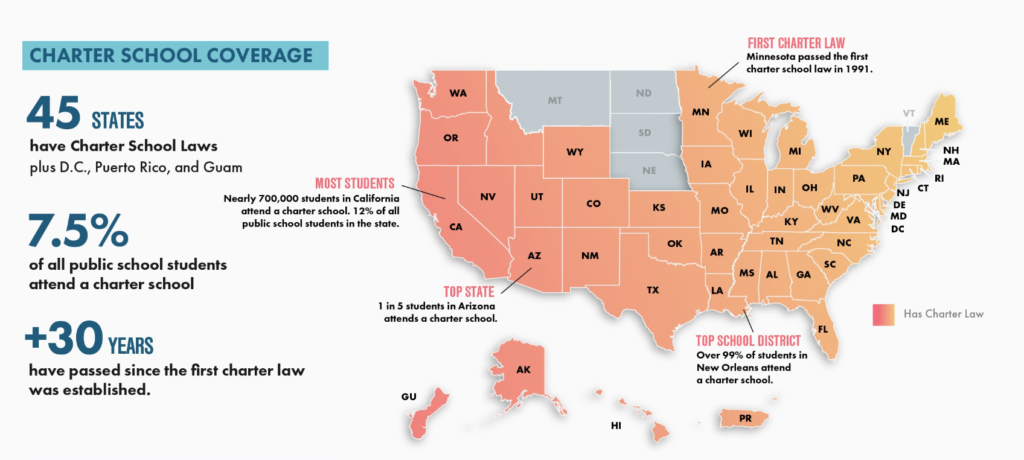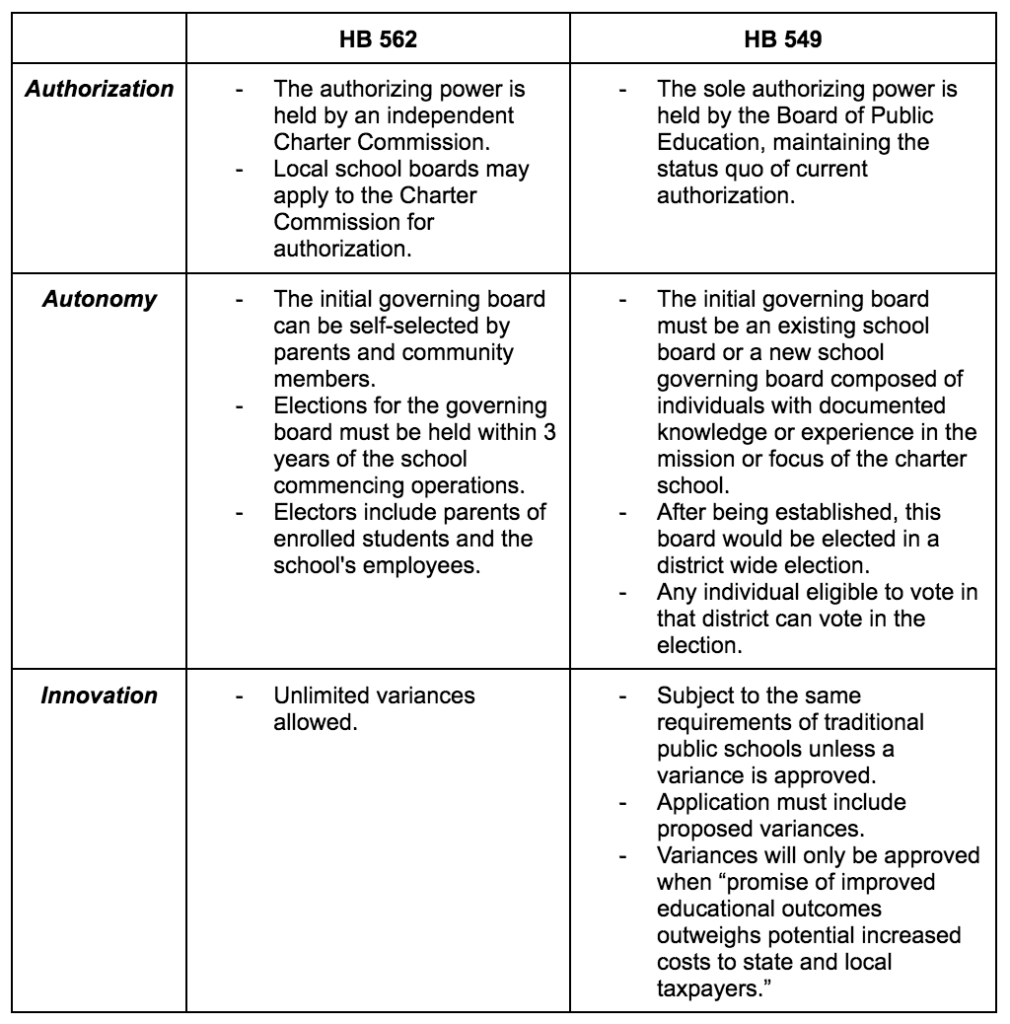Charter Schools: Unleashing Permissionless Innovation In Montana
"While both of these proposals aim to bring greater education freedom, lawmakers would be wise to compare the specifics of these proposals, so as to maximize choice and unleash permissionless innovation."
Introduction
As the 2023 Legislative Session heads towards the transmittal deadline, parents across Montana are waiting with bated breath to see if their child will be given greater education freedom that so many other parents across the country have received over the past few years. There are a number of education freedom reforms being debated in Helena, but potentially the most interesting are two competing proposals which aim to authorize charter schools.
What are Charter Schools?
Charter schools are tuition-free, independently operated public schools intended to allow more flexibility to work with parents to build a learning environment and curriculum that fits the unique needs of their students. Parents and community members join together to form their own board and create a charter outlining their purpose, responsibilities, governance structure and standards which will be used to hold them accountable for performance. Importantly, charter schools are also allowed waivers from much of the bureaucratic red tape that traditional public schools must adhere to.
Unlike traditional public schools which are notoriously slow to adjust to the specific needs of students, charter schools’ independent nature allows them to better accommodate the changing needs of their students and test innovative learning methods without having to beg bureaucrats for permission.
Source: https://data.publiccharters.org/digest/charter-school-data-digest/how-many-charter-schools-and-students-are-there/
45 states have passed legislation successfully authorizing charter schools in some form.
States with the most successful charter school policies all have addressed three key elements:
- Authorization
The first and likely most important policy element is the designated entity which grants a charter school the authority to operate and is responsible for holding them accountable for performance. States with successful charter school legislation ensure that entrenched incumbents with a vested interest in the status quo don’t have the authority to veto the creation of new charter schools – such as public school unions.
- Autonomy
The second policy consideration is Autonomy. Successful charter school legislation does not limit governance to existing public school boards, but instead provides flexibility for learning specialists, parents, and entrepreneurs to establish a board that will govern their school.
Legislation which only allow existing school boards to propose and govern a charter school are destined to fail. Public school boards have an incentive in maintaining the status quo and opposing alternatives which might bring into question their own standards and practices.
- Innovation
The third is innovation, which authorizes variances from traditional public school regulations to accommodate innovative curriculum designs, educator certification, etc. to better meet the needs of students. Take for example the Arizona Autism Charter School, which focuses specifically on the learning needs of students with Autism. Or GEM Innovate, a school which utilizes a small group learning environment to help students incorporate skills all too often missed by traditional public schools, such as skilled communication and self-direction.
Successful charter school legislation generally has minimal limits on the type, number, or reason for variances, instead opting to grant schools with the maximum flexibility to innovate.
Where are Montana’s charter schools?
Montana is one of five states in the nation that has yet to pass charter school legislation. While Montana’s administrative rules have technically established a path to the creation of charter schools, charter schools are not flourishing.
Montana’s current regulations fail to adequately address the three core elements of successful public charter school policy:
Authorization
Under current rules, Montana charter school applicants must apply to a Review Board appointed by the Superintendent of Public Instruction. Review Board members must be jointly endorsed by union incumbents, all with an incentive to maintain the status quo. After receiving a recommendation from the Review Board and the Superintendent of Public Instruction, the Board of Public Education ultimately decides whether to approve or deny the application.
Autonomy
Under current rules, the ability to propose and govern a charter school in Montana can only be done by an existing school board. This effectively prevents the creation of charter schools because, compared to parents, existing school boards have little incentive to challenge the status quo.
Innovation
Under current rules, Montana charter school applicants must specify which rule they would like to have waived. Proposed schools are not allowed to have variances regarding statutory criteria, educator licensure or endorsement, or content standards.
Comparing 2023 Charter School Legislation
Two proposals to officially codify charter schools into law are currently making their way through the 2023 Legislature: HB 562, sponsored by Rep. Sue Vinton and HB 549, sponsored by Rep. Fred Anderson.
Table 1 below compares how each proposal plans to address the failures of current rules for charter schools:
Conclusion
While both of these proposals aim to bring greater education freedom, lawmakers would be wise to compare the specifics of these proposals, so as to maximize choice and unleash permissionless innovation.


